
The audiophile hobby, steeped in traditions that stretch back to the early 1960s, is currently experiencing an unprecedented demographic shift. For decades, it has largely been the domain of older generations, characterized by a deep appreciation for physical media, intricate component systems, and a sometimes-exacting approach to audio fidelity. However, as the world rapidly evolves, so too do the ways in which people, particularly younger demographics, interact with music and technology. This pivotal moment necessitates a fresh perspective, one that genuinely seeks to understand why these audio relics are no longer resonating with a new wave of music lovers.
At the heart of this transformation are the Millennials and Generation Z, often dubbed “Digital Natives.” These generations have grown up in a world where technology permeates nearly every facet of daily life, including how they access and consume music. For them, the idea of all recorded music being available instantly, almost at no cost, is not a novelty but a fundamental expectation. This pervasive digital landscape has fundamentally reshaped their priorities, pushing convenience and accessibility to the forefront, often at the expense of the traditional multi-component stereo system.
This article aims to delve into the multifaceted reasons behind this generational divergence. We’ll explore the major trends and evolving preferences that have led younger music enthusiasts to pass on conventional stereo equipment, rather than embracing the hobby in the same way their predecessors did. Our goal is to provide an informative and practical look at these shifts, offering insights into the contemporary audio landscape and what it means for the future of high-performance sound.

1. **The Irresistible Pull of Streaming Services**One of the most profound shifts in how we consume music has been the meteoric rise of digital streaming services. Platforms like Spotify, Apple Music, and Tidal have fundamentally revolutionized the audio landscape, offering an unparalleled level of convenience that traditional stereo receivers simply cannot match. For younger generations, the concept of a vast library of millions of songs and playlists, accessible at the touch of a button, is the baseline expectation for music consumption. This ease of access has become a critical factor in their audio choices.
One of the most profound shifts in how we consume music has been the meteoric rise of digital streaming services. Platforms like Spotify, Apple Music, and Tidal have fundamentally revolutionized the audio landscape, offering an unparalleled level of convenience that traditional stereo receivers simply cannot match. For younger generations, the concept of a vast library of millions of songs and playlists, accessible at the touch of a button, is the baseline expectation for music consumption. This ease of access has become a critical factor in their audio choices.
The appeal of streaming goes beyond just access; it’s about a tailored and integrated experience. These platforms provide personalized recommendations and curated playlists, making music discovery easier and more engaging than ever before. This level of convenience and a highly personalized experience has captivated a younger demographic, who prioritize variety and immediate gratification over the often-complex setup processes associated with legacy audio equipment. The ability to switch genres, artists, or moods effortlessly is a powerful draw.
Furthermore, streaming has facilitated seamless integration with other smart devices and audio ecosystems. Users can control music playback using intuitive voice commands, synchronize audio across multiple rooms, and embed their favorite streaming services directly into comprehensive smart home setups. This interconnectedness allows for a fluid and integrated lifestyle, where music is simply part of the broader technological environment, eliminating the need for dedicated physical media or intricate component management that once defined the stereo receiver’s role.
Read more about: Financial Scrutiny: High Stakes and Hard Lessons from 14 Music Icons’ Ventures into the Volatile World of NFTs and Crypto
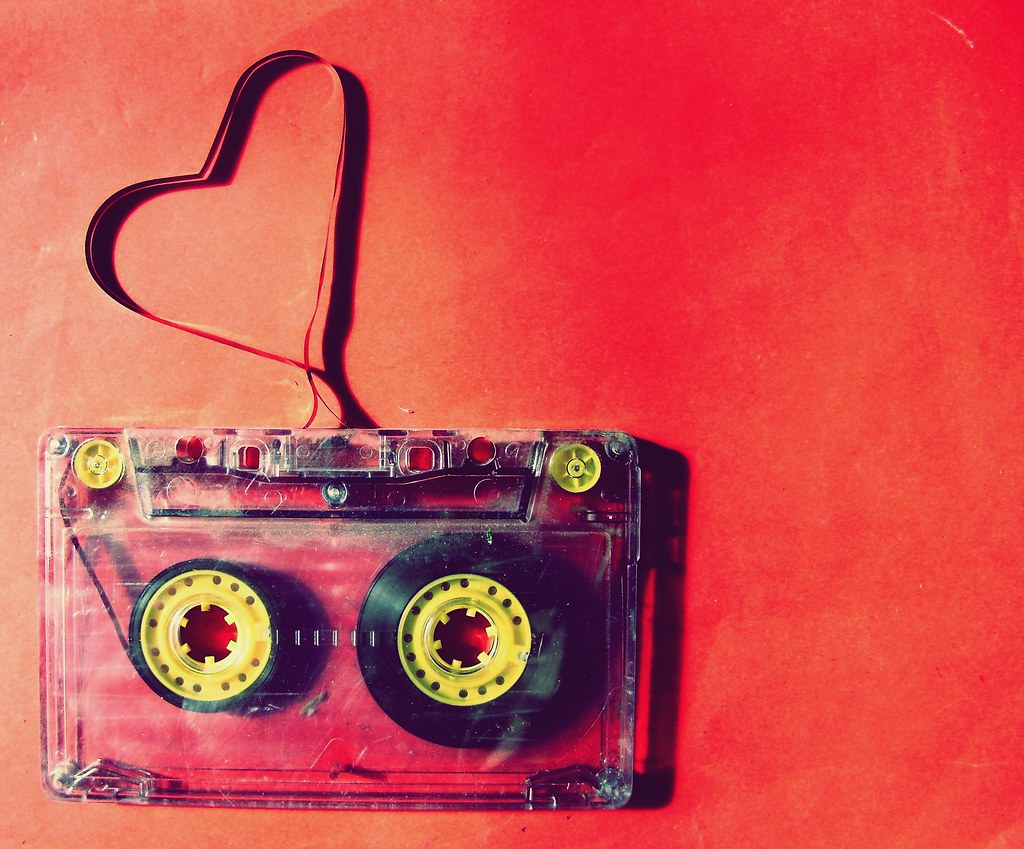
2. **The Fading Appeal of Physical Media (Beyond Vinyl’s Niche)**While physical media once formed the cornerstone of audio consumption, its overall relevance has waned considerably in recent years, contributing to the diminished demand for traditional stereo receivers. For earlier generations, a trip to iconic stores like Tower Records or the Virgin Megastore was a cherished memory, a ritual of collecting music in tangible forms. However, with streaming services offering extensive libraries readily available, the practical need for CDs, cassette tapes, or even digital files stored on a local drive has largely dissipated for most consumers.
Amidst this broad decline, vinyl records present a compelling, albeit specialized, exception. The resurgence of vinyl has been a surprising counter-trend, driven by audiophiles and music enthusiasts who deeply value the tactile and immersive experience it offers. The “warmth and richness of vinyl sound,” coupled with the larger, more artistic album artwork, creates a unique listening ritual that digital formats struggle to replicate. This niche appreciation, however, often requires specialized playback equipment, sometimes leading to a search for vintage receivers with built-in phono preamps.
Despite vinyl’s surprising comeback, it represents a dedicated sub-market rather than a mainstream shift. For the overwhelming majority of younger listeners, the digital realm remains king, and the concept of owning and storing extensive physical music collections is largely foreign or impractical. The convenience of instant access via streaming has effectively eliminated the need for physical media in their daily lives, thereby reducing the appeal of systems primarily designed to play such formats.
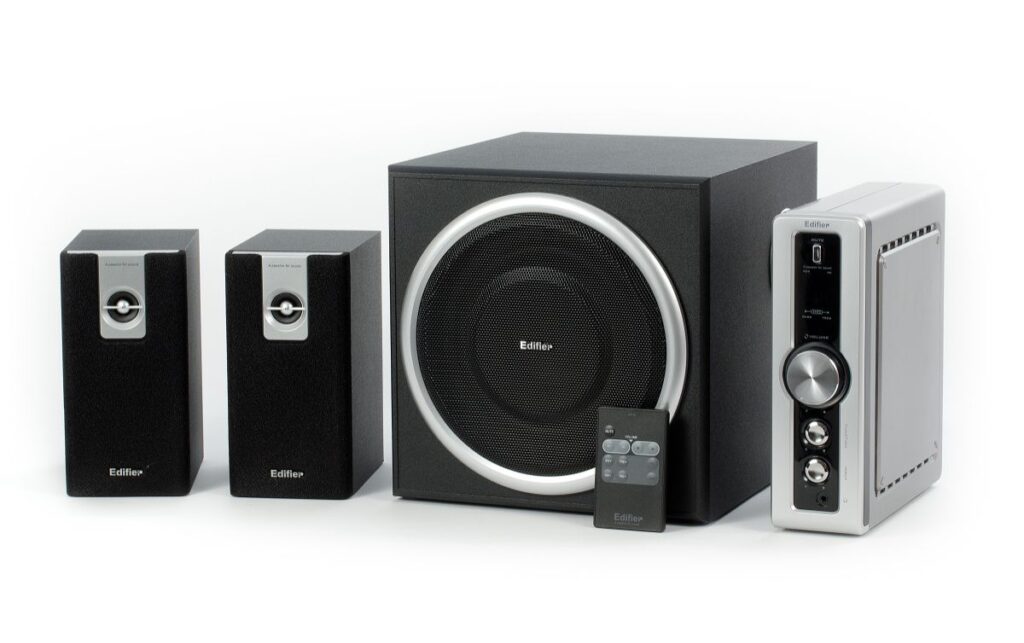
3. **The Rise of the Soundbar: Simplicity in Home Theater**Home theater systems have undergone a significant and ongoing transformation, moving away from the multi-component complexity of traditional stereo receivers towards more streamlined and compact alternatives like soundbars. This evolution directly reflects a broader consumer preference for simplicity and space efficiency, particularly among younger generations inhabiting smaller living spaces or seeking minimalist aesthetics.
Soundbars have garnered immense popularity due to their inherent simplicity and space-saving design. They offer an elegant, all-in-one solution that integrates speakers, amplifiers, and often wireless connectivity into a single, sleek unit. This design philosophy directly addresses a common frustration with traditional receivers: the necessity for multiple components, tangled wiring setups, and the significant footprint they often require. For many, the appeal lies in achieving an enhanced audio experience without the accompanying clutter and installation challenges.
Technological advancements have played a crucial role in the soundbar’s rise, enabling manufacturers to pack powerful speakers and virtual surround sound capabilities into these compact devices. Their ease of wall-mounting further enhances their appeal, allowing for an immersive audio experience that blends seamlessly into modern home decor without demanding valuable floor or shelf space. This shift highlights a clear change in consumer priorities, where aesthetics, convenience, and a straightforward setup are often valued over the extensive customization and separate components offered by traditional receivers.
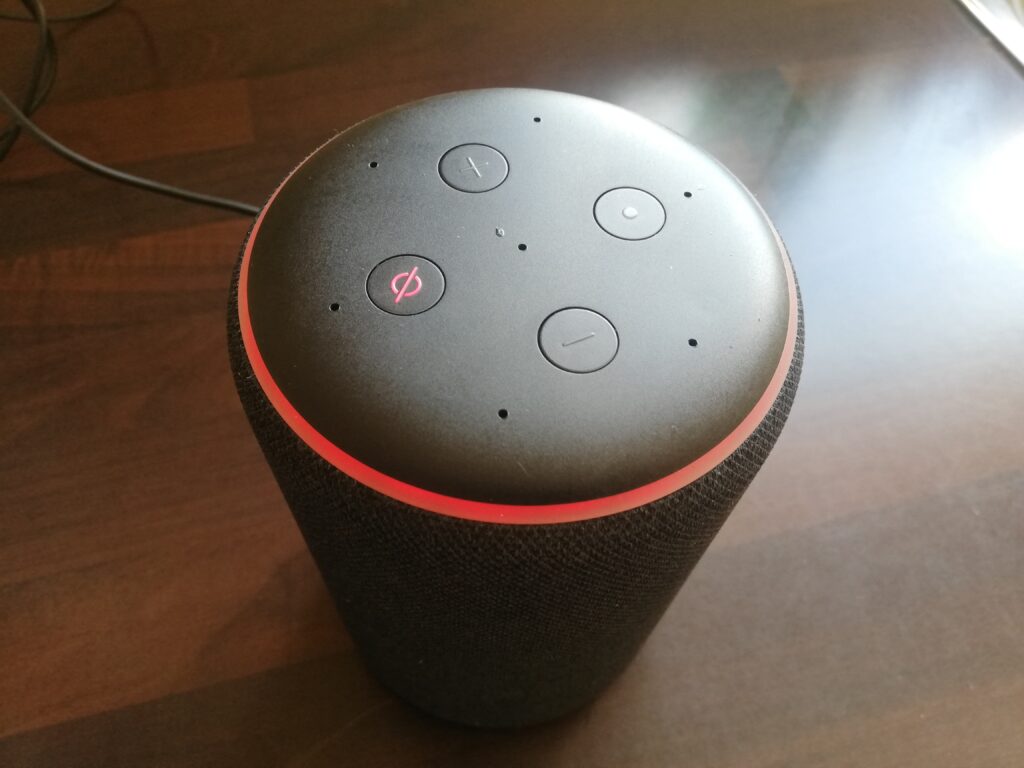
4. **Smart Speakers and the Power of Voice Control**A pivotal shift in how people interact with audio technology has been driven by the advent of smart speakers, exemplified by devices like Amazon Echo and Google Home. These innovations have profoundly reshaped the audio technology landscape, moving interaction away from physical controls and towards intuitive voice commands. For younger generations, who are accustomed to interacting with technology through natural language, this hands-free approach feels entirely natural and preferable.
Equipped with sophisticated voice assistants such as Alexa and Google Assistant, smart speakers empower users to control their audio experience with unparalleled ease. The days of fumbling with complex remote controls or manually operating a stereo receiver are increasingly becoming a distant memory. Now, a simple verbal instruction is all it takes to play a favorite song, adjust the volume, or even seamlessly integrate music playback with other smart devices throughout the home, creating a truly interconnected living environment.
One of the most significant advantages of smart speakers and voice control lies in their effortless integration with a multitude of streaming services and digital audio platforms. Users can stream music directly from popular platforms like Spotify, Apple Music, or Amazon Music without the need for additional equipment or complicated configurations. This convenience, combined with the hands-free operational capability, makes smart speakers ideal for multitasking in busy environments, whether it’s playing background music while cooking or effortlessly catching up on the latest news updates, enhancing accessibility and ease of use in the audio realm.
Read more about: Parenting, Simplified: 17 Genius AI Tools and Techniques to Master Family Life
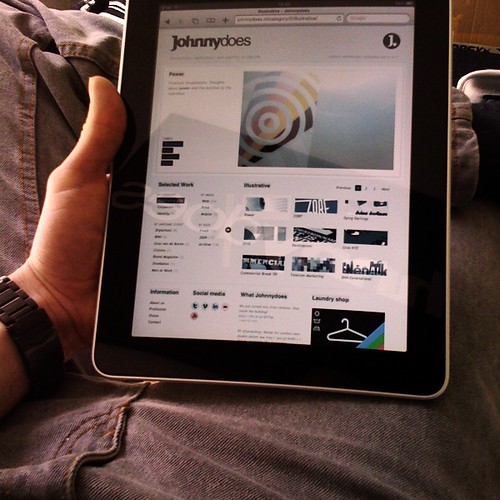
5. **The Untethered Experience: Connectivity and Wireless Dominance**The fundamental way we engage with audio devices has been profoundly transformed by advancements in connectivity and wireless technologies. The era of cumbersome, tangling wires and restricted movement is largely being supplanted by a new standard of freedom and flexibility. With the widespread adoption of wireless speakers and Bluetooth technology, music lovers can now enjoy their favorite tunes without the constraints of physical connections, moving their audio experience seamlessly from one space to another.
There are undeniable benefits to this proliferation of wireless options, with convenience leading the charge. Wireless speakers offer the distinct advantage of portability, allowing users to effortlessly relocate them within their home or even to outdoor settings, adapting the audio setup to fit any occasion or need. Moreover, the ability to stream music directly from a smartphone or computer liberates users from physical media, providing immediate access to an almost infinite library of songs and playlists, embodying the digital native’s expectation of ubiquitous access.
Connectivity further broadens possibilities, facilitating sophisticated multi-room audio setups and comprehensive whole-home systems. With the appropriate configuration, users can synchronize audio playback across various rooms, creating a consistent sound environment, or conversely, customize the sound experience for individual spaces. While audiophiles might still debate the occasional loss in audio quality or potential connectivity issues inherent in wireless streaming, for the average consumer, the sheer benefits of convenience, flexibility, and a clutter-free environment make wireless audio an incredibly compelling and increasingly preferred option.

6. **The All-in-One Appeal: Prioritizing Simplicity**In our increasingly fast-paced world, consumers are perpetually seeking ways to inject greater convenience and simplicity into their daily routines. This prevailing trend has profoundly influenced the audio technology market, leading to a significant surge in the popularity of all-in-one solutions, which now pose a considerable challenge to the traditional stereo receiver. These integrated devices directly cater to a desire for streamlined experiences, reducing complexity and clutter in modern living spaces.
All-in-one solutions are meticulously designed to consolidate multiple functionalities into a single, cohesive device. This eliminates the traditional requirement for separate components such as amplifiers, CD players, and tuners, which often necessitated intricate wiring and substantial spatial allocation. These compact, integrated units frequently feature built-in speakers, seamless wireless connectivity, and direct streaming capabilities, collectively offering a remarkably streamlined and entirely clutter-free audio experience that appeals strongly to contemporary aesthetic and practical sensibilities.
A primary driver behind the escalating appeal of all-in-one systems is their inherent ease of use. Consumers are no longer tasked with navigating complex setup procedures or managing an array of disparate remote controls. Instead, they can revel in a remarkably hassle-free experience, with a single device providing a wide spectrum of features at their fingertips. The incorporation of voice control technology further enhances this allure, allowing users to command their audio systems with simple vocal instructions, thereby eradicating the need to manipulate intricate menus or search for misplaced remote controls, epitomizing modern convenience.
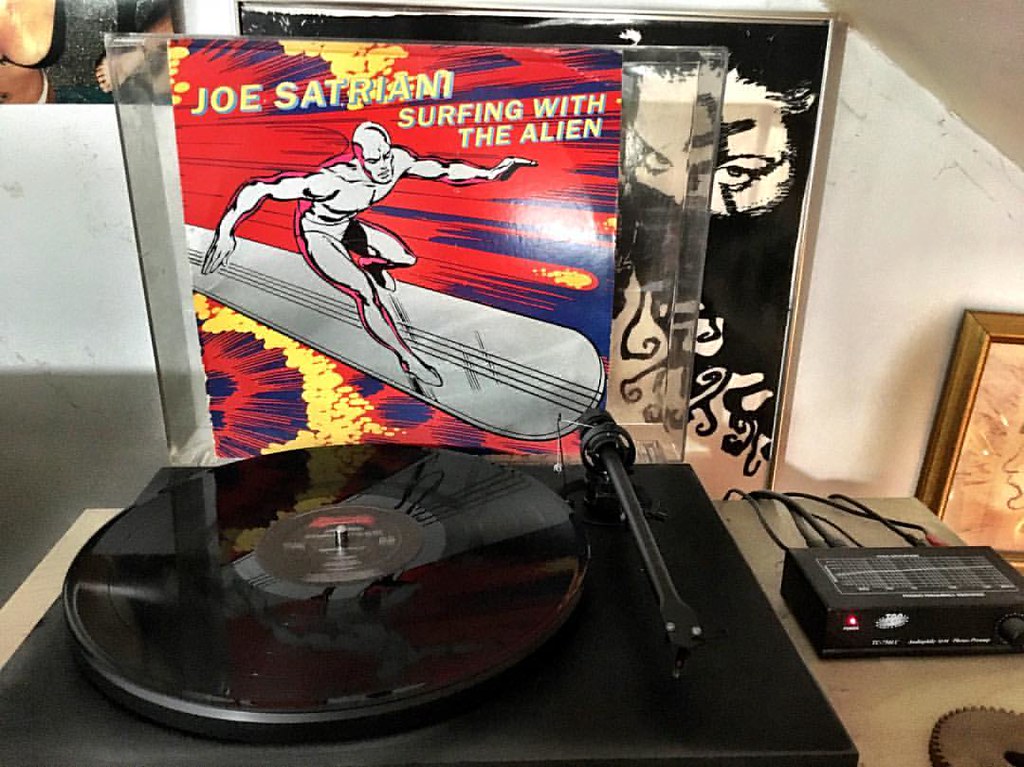
7. **Overcoming Financial Hurdles: The Perception of High Cost**For many aspiring audiophiles, particularly those from younger generations, the initial perception of the hobby is often one of prohibitive expense. The long-standing notion that a truly “real” audiophile system demands a substantial, often five-figure investment is a significant deterrent and, in truth, a fallacy that unnecessarily restricts broader participation. This misconception actively keeps enthusiastic music lovers from exploring the joys of high-performance audio, creating an exclusive aura around a hobby that should be more accessible.
This perceived financial barrier is exacerbated by the current economic realities faced by many young people, where the cost of living is restrictively high. For a generation grappling with rent, student loans, and daily expenses, dedicating hundreds or thousands of pounds to specialized audio hardware can seem not only imprudent but often simply impossible. In this context, the idea of an endless upgrade loop, pushed by some segments of the audiophile establishment, appears more like a marketing ploy for advertisers than a genuine benefit to the hobbyist, creating a cycle of dissatisfaction rather than fostering a love for music.
However, the landscape is evolving, with more affordable and accessible options emerging, particularly from the “Chi-Fi” market. While some long-time audiophiles may initially dismiss these lower-priced components due to necessary compromises in customer support or resale value, Chi-Fi gear offers an exciting and inclusive entry point. These products allow newer music lovers to experiment with advanced audio concepts like tubes, separate electronics, and cutting-edge digital audio at a fraction of the cost, demonstrating that a rewarding audiophile journey can commence without a trust fund or a monumental initial outlay.
The key message that needs to be effectively communicated to younger audiophiles is that high-performance audio does not inherently demand a five-figure investment to begin. Embracing what these entry-level components can achieve in the real world is akin to a master sommelier discovering exceptional value in an affordable bottle of wine. Experienced audiophiles have the knowledge to guide newcomers towards systems that offer surprising value, often incorporating budget-friendly components, and importantly, no one should ever be made to feel inferior because their system isn’t deemed “fancy” or “high-end” enough by antiquated standards. The emphasis should always be on the music and the personal journey of discovery.”
Read more about: The Unseen Cracks: How Hidden Family Truths Shaped Arnold Schwarzenegger’s Path to Stardom
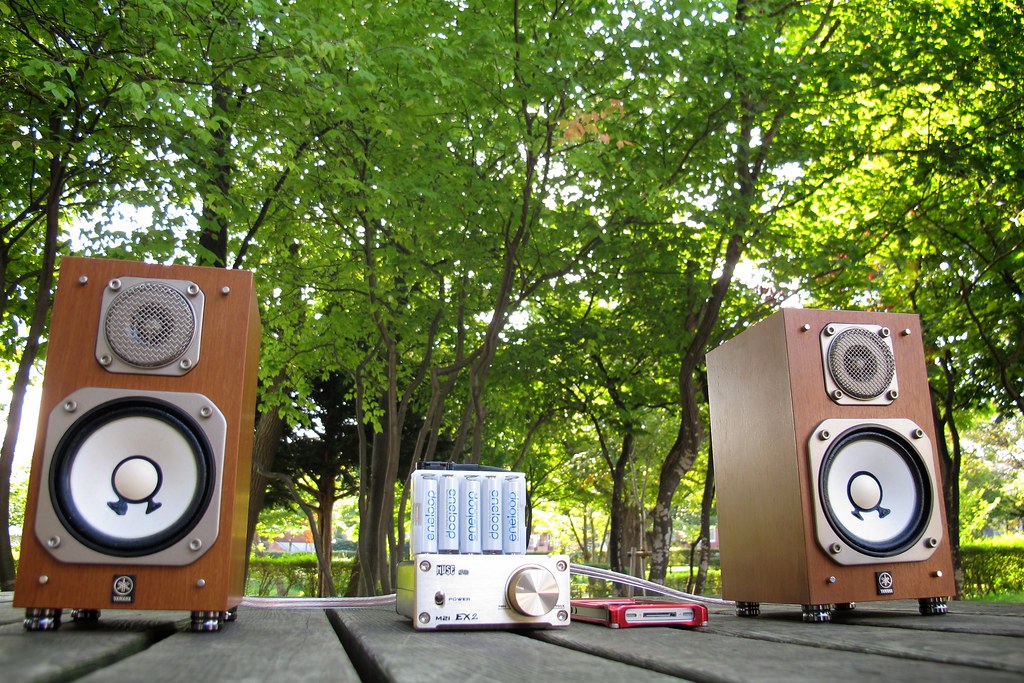
8. **The Challenge of Space and Modern Living Environments**Beyond financial considerations, a practical hurdle for younger generations engaging with traditional hi-fi is their living spaces. Many Millennials and Gen Z inhabit smaller apartments, shared accommodations, or rental properties. Dedicating substantial room to a multi-component stereo system becomes a genuine challenge, as traditional setups demand space for a receiver, speakers, and other sources, alongside necessary cabling.
Modern listening environments also shape audio preferences. Many affordable rental properties and newer flats feature thinner walls and floors. This construction doesn’t encourage loud, immersive listening sessions associated with high-fidelity audio. Concerns about disturbing neighbors or inability to fully utilize a system’s potential naturally deter interest in powerful, room-filling stereo setups.
The need for dedicated equipment space contrasts sharply with the portable nature of modern digital audio. Headphones, earbuds, and small wireless speakers offer personal, unencumbered listening. For a generation prioritizing flexibility and minimalism, the footprint of traditional stereo equipment often feels incompatible with their lifestyle, making it a difficult justification.
Read more about: Buyer Beware: 7 Hatchbacks That Won’t Make it to 10 Years Without Constant Corrosion
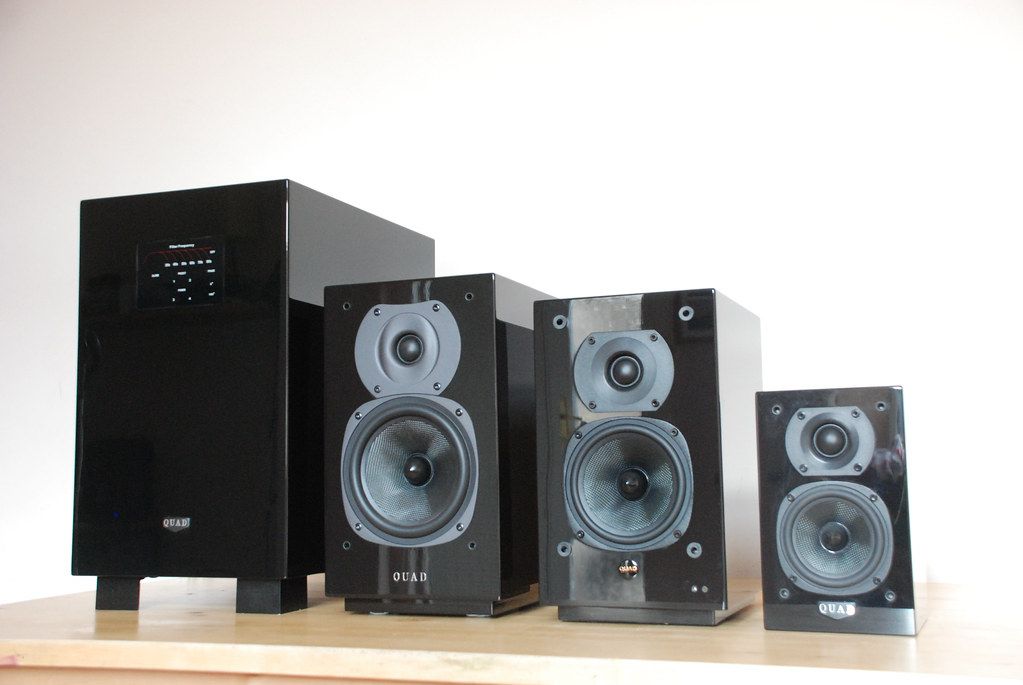
9. **Battling Audiophile Snobbery and the “Preamp of the Month Club” Mentality**One unfortunate social barrier deterring new enthusiasts is lingering “snobbery.” The hobby has historically created an exclusive aura, where newcomers feel judged if their equipment isn’t “high-end.” This discourages younger individuals, who may be interested but are intimidated by perceived elitism, from exploring the hobby.
The “Preamp of the Month Club” mentality, pushing for the “latest and greatest new component” to stay relevant, is a major turn-off. This ceaseless upgrade cycle, catering to advertisers more than hobbyists, fosters dissatisfaction. It suggests one’s system is never good enough, leading to financial strain and quickly extinguishing nascent enthusiasm.
Veteran audiophiles must dismantle these antiquated standards. It’s essential to communicate that high-performance audio doesn’t require a five-figure investment, with “Chi-Fi” market options offering incredible value. Embracing all levels of enthusiasm, rather than dismissing lower-priced gear, is vital for fostering an inclusive community that can truly thrive.
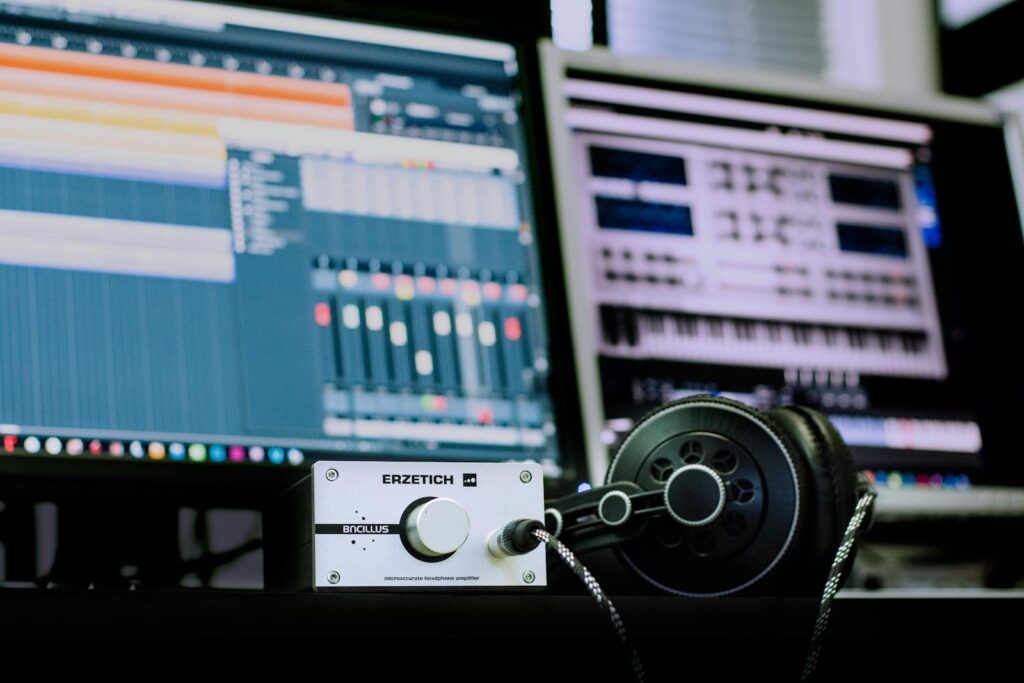
10. **The Scarcity of Direct Hi-Fi Experience and Mentorship**A fundamental challenge for attracting younger generations to traditional hi-fi is the declining opportunities to experience high-quality audio firsthand. In an era dominated by digital streams through earbuds and laptop speakers, many young people haven’t heard what a truly high-performance music playback system sounds like. This lack of direct exposure prevents appreciation for dedicated audio equipment.
The disappearance of specialized hi-fi shops and the shift to online retail have removed traditional avenues for hands-on discovery. The “only way to truly experience hi-fi equipment is in person,” through stores, audio shows, or friends’ setups. Without these physical touchpoints, the hobby remains an abstract concept, disconnected from the visceral experience that initially draws people in.
Mentorship is invaluable here. Many audiophiles attribute their passion to a parent or friend sharing their love for music. Introducing young people to your system, playing their favorite songs, and explaining components can be transformative. It’s about passing down an appreciation for high-quality audio, allowing their “ears [to] adapt,” and showing the “real fun” in the journey, rather than complex solitude.
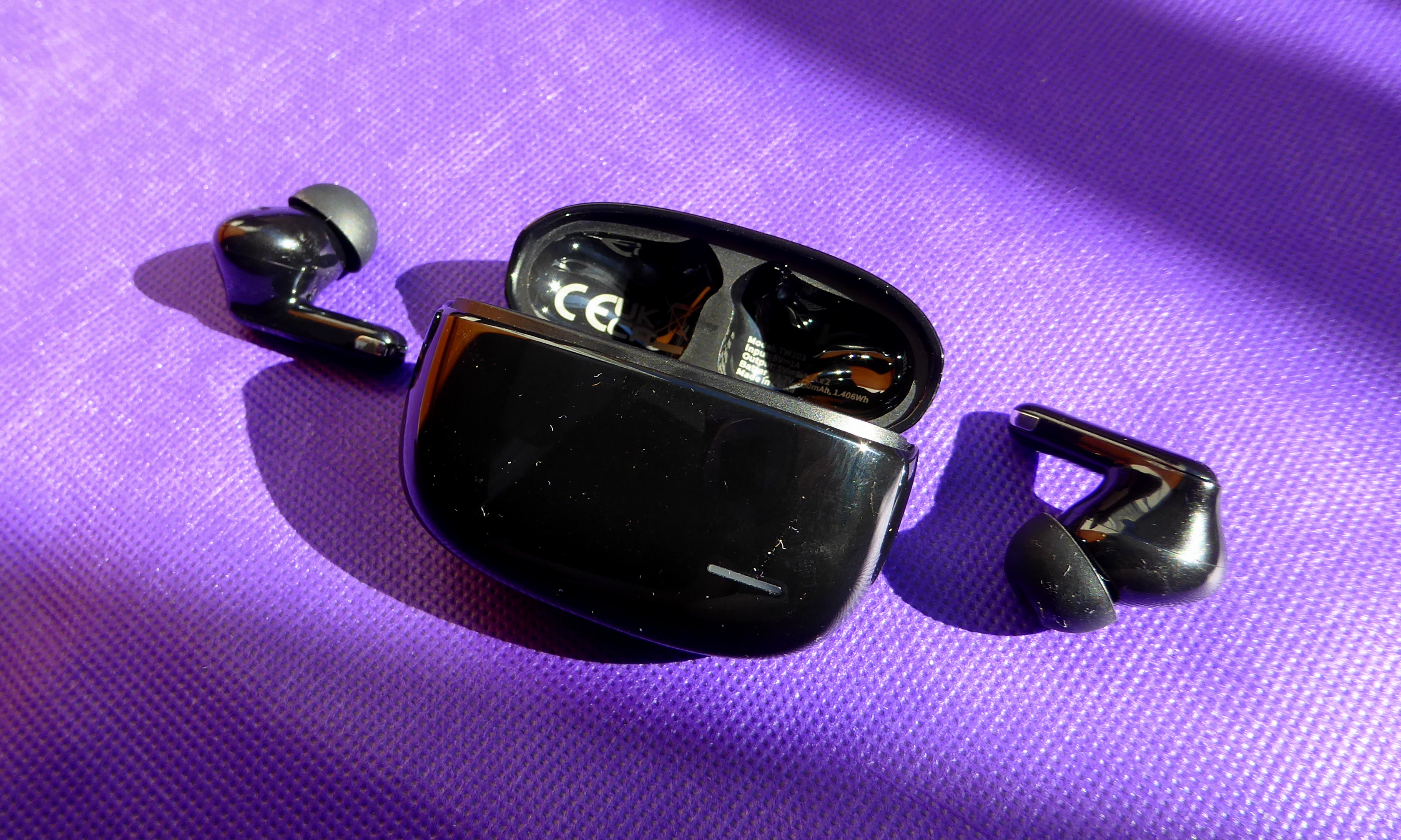
11. **The “Good Enough” Mindset and Ubiquitous, Lower-Fidelity Audio**For generations raised with instant music access through ubiquitous, multi-tasking devices, “good enough” audio defines their expectations. Laptop speakers, mobile phones, and inexpensive earbuds have become the default listening medium. While convenient, these often deliver sound quality far from what traditional hi-fi systems achieve.
Consistent exposure to lower-fidelity audio leads to adapted listening preferences. When everyday devices set the baseline, even a simple wireless speaker seems “extremely impressive.” For many, this marks the end of their audio journey, as they perceive these solutions as significant upgrades without exploring hi-fi separates, which would be a “huge step up.”
This “good enough” phenomenon diminishes the perceived value of dedicated stereo systems. Without experiencing music with depth and clarity, motivation to invest time, money, and space is low. The challenge is to bridge this perceptual gap, demonstrating that true high-performance audio is a fundamentally different and more enriching experience.
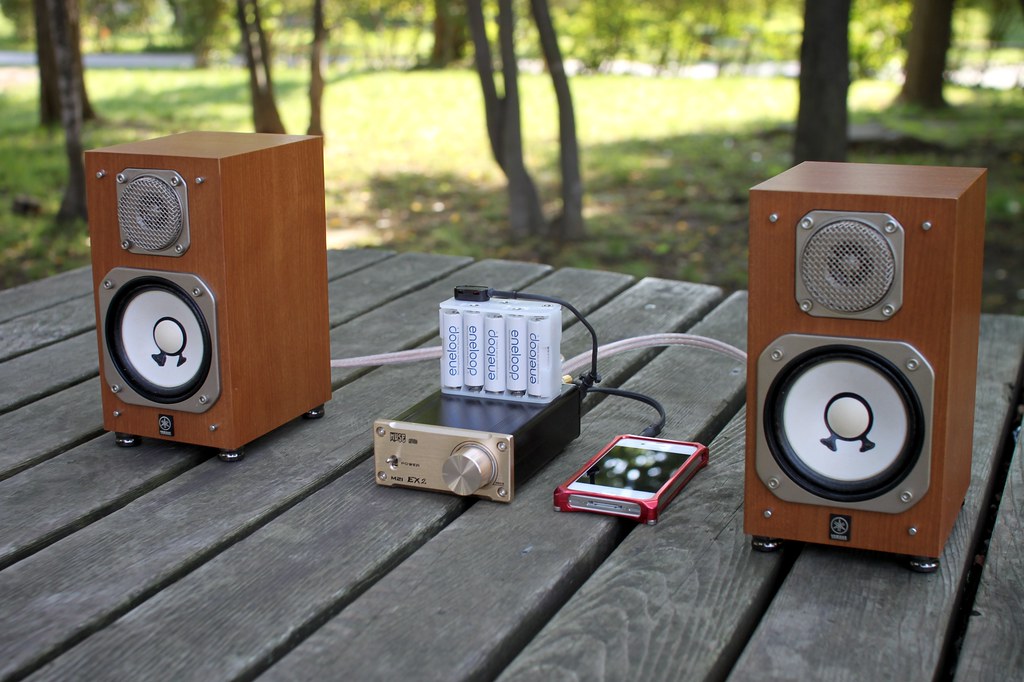
12. **The Decline of Bricks-and-Mortar Retail and Hands-On Discovery**The retail landscape’s transformation, with declining bricks-and-mortar stores and rising online shopping, impacts the audiophile hobby. Historically, specialized hi-fi shops were crucial discovery hubs, offering invaluable opportunities to physically interact with and audition equipment. These spaces allowed comparative listening, expert advice, and tactile appreciation for components.
For younger generations, online shopping is the default. While convenient, it limits the ability to “truly experience hi-fi equipment in person.” Sound nuances, aesthetic appeal, and overall system feel are difficult to convey digitally. This absence of direct, sensory engagement hinders personal connection to the gear.
The context highlights that remaining in-person avenues are friends’ setups or niche hi-fi shows. This scarcity means casual interest rarely converts. Without dedicated physical spaces for new music lovers to explore and be inspired, the barrier to entry for an experiential hobby remains significantly high.
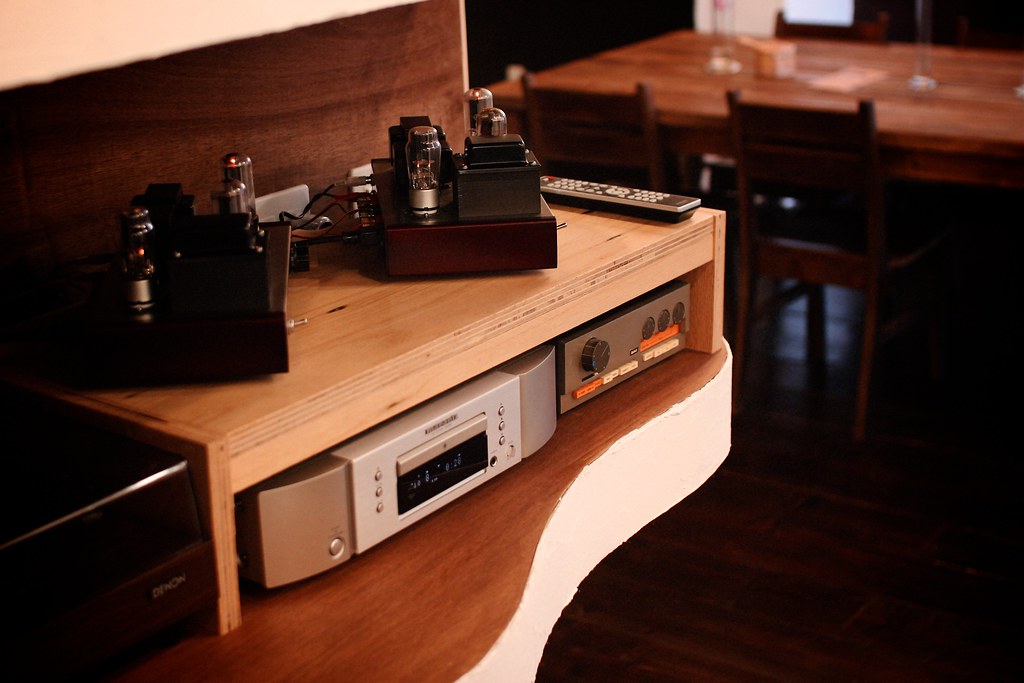
13. **The Perceived Complexity of Component Matching and Setup**For those accustomed to plug-and-play simplicity, a traditional audiophile setup can seem dauntingly complex. Unlike integrated smart speakers, hi-fi separates involve distinct components—amplifier, source, speakers—all needing connection and proper matching. This technical requirement and careful configuration present a significant barrier.
“Matching” components, chosen for synergy, intimidates newcomers. This intricate decision-making, requiring research and technical understanding, can make the hobby feel exclusive. It starkly contrasts the effortless interoperability expected in modern consumer electronics, deterring potential enthusiasts seeking straightforward solutions.
Furthermore, the physical setup—managing cables, positioning speakers, understanding signal paths—adds complexity. While seasoned audiophiles enjoy these details, for a generation raised on intuitive interfaces, the manual effort for traditional stereo systems seems an unnecessary chore. This perceived difficulty reinforces high-fidelity audio as reserved for experts.
Read more about: Beyond the Billionaire Bling: An Insider’s Look at Warren Buffett’s 10 Unexpected Car Choices and Driving Philosophies
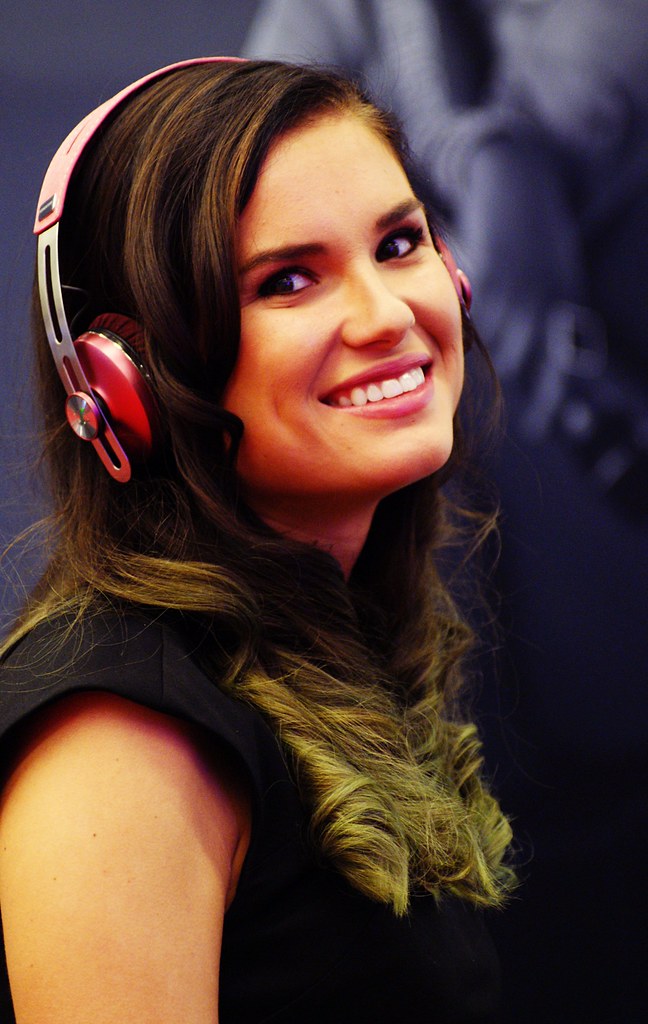
14. **Connecting High-Performance Audio to Well-being and Art**A critical missed opportunity is failing to communicate high-performance audio’s profound lifestyle benefits beyond “better sound.” While “unlimited music” is a given for “Digital Natives,” many have “never heard what a very high-performance music playback system sounds like” in a way that connects with deeper needs. The conversation must shift from specs to emotional impact.
Younger generations, especially Gen Z, face “anxiety and depression.” This offers a relatable entry point. Introducing how “listening to music brings art into their lives” and is “beneficial to overall well-being” resonates more than technical details. It frames audio as a tool for personal enrichment, relaxation, and emotional support.
The challenge is to be “ambassadors of music playback technology,” creating revelatory moments where “it only takes a few seconds of listening, and they are hooked.” Demonstrating how a good stereo system elevates music to an immersive, therapeutic, and artful experience unlocks appreciation. This broader value proposition, focusing on well-being, is the “precious air that this hobby needs to breathe, survive and thrive” for future generations.
The audiophile hobby stands at a crossroads, balancing rich traditions with modern tech shifts and generational values. Traditional stereo systems face complex challenges from convenience-driven tech and perceptions of cost and exclusivity. However, the path forward is adaptation. By addressing living constraints, shedding snobbery, fostering mentorship, and passionately communicating the profound, therapeutic benefits of high-performance audio, the hobby can transcend its niche. The goal: make high-fidelity music accessible, welcoming, and meaningful for a new generation, ensuring the art of listening evolves and inspires for decades.



